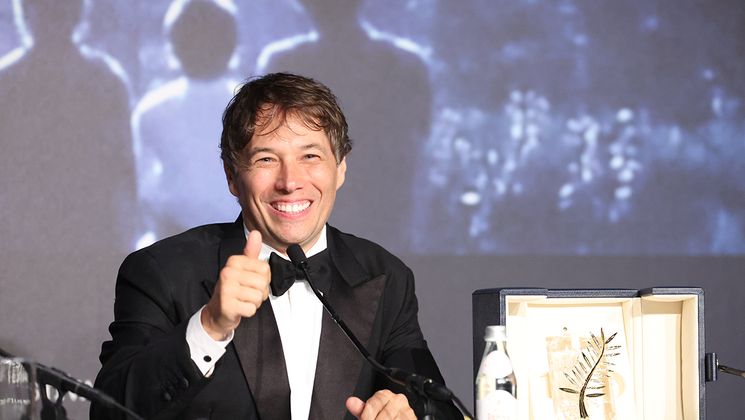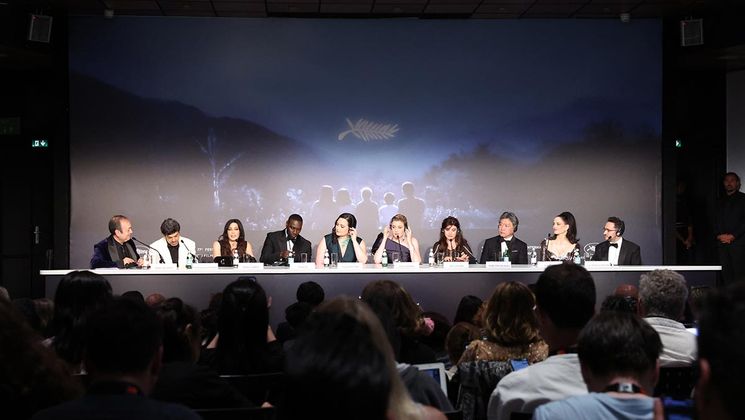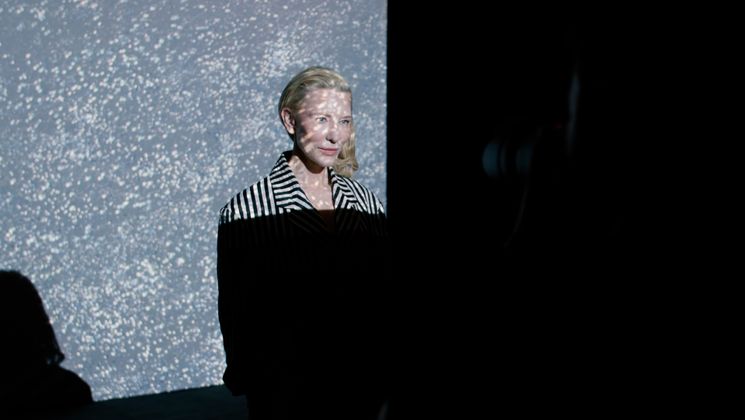
The Double Life of Véronique (La double vie de Véronique), interview

The Double Life of Véronique (La double vie de Véronique) by Krzysztof Kieślowski is screened tonight in a restored version at Cannes Classics with Irène Jacob in attendance. Vincent Amiel, author of Histoire Vagabonde du Cinéma (ed. Vendémiaire) and two works on Kieślowski, shares his opinion on the Polish director's 1991 masterpiece.
The Double Life of Véronique is sustained by the grace of Irène Jacob, the protagonist of Three Colours: Red four years later. Can you tell us about her acting and her relationship with Kieślowski?
Irène Jacob’s acting is as neutral as possible, and undoubtedly Kieślowski directed her in this way, because she is one of the opaque realities of the film: her face, her skin, her movements are all meant to be filmed, and just the glow of her expressions echoes the shafts of light, reflections, the rain that all create striations on the shots and conjure images that are both mysterious and seductive. It is also this relative neutrality that draws together the film's two protagonists, who are neither quite the same nor completely different. It is almost as if these characters have no personal will, although they are very free and independent: they are, as we often find in the director's work, the playthings of a mechanism that is beyond them, and that never reveals itself. Perhaps it is not merely coincidental that the actress appears in Kieślowski's work at the time that he leaves Poland for his first work in France, and that she also participates in his last film, Red. This film is like a fulfillment, not only of the Three Colours trilogy, but of his whole filmography; here his doubts seem to be somewhat abated, and it is the female character as much as the actress who are the catalysts of this alchemy.
It is a film where the magic still lingers long afterward, how do you explain that?
La Double Vie de Véronique exposes in the most explicit manner the principle of narration and of dialogue that runs through Kieślowski's whole work: one reality juxtaposed beside another, with no apparent articulation, no explanation, no obvious connection. From this proximity, which is rather provocative and intriguing, a quest for meaning emerges that draws the spectator in and forces us to question what we have seen. We still need to be nudged into this reflection, we need enough clues so that a possible connection can be deciphered and understood. Herein lies the director's knack of engaging our minds and powers of observation so that the proximities appear, and yet do not bring closure. Kieślowski's whole oeuvre in documentary and fiction operates on this principle of filmmaking (in the broadest sense) that finds its most literal expression in this film.
Kieślowski considered the stage of the final cut to be primordial. And in this film?
Within the two main parts of the film, the editing is a subtle interplay of dynamic forces that could have been organized in several different ways: the director had considered making as many versions of the final cut as the number of first-run screening rooms on its release! It is not only the spectator who goes through this process of exploration and doubt, albeit within a fixed framework: it was also the constant pursuit of Kieślowski himself. So for him, making the final cut was not about creating an order, capable of determining the meaning of the story, but on the contrary, a disorder, highly suggestive, that leaves sensitive options open, reverberating with echos.


